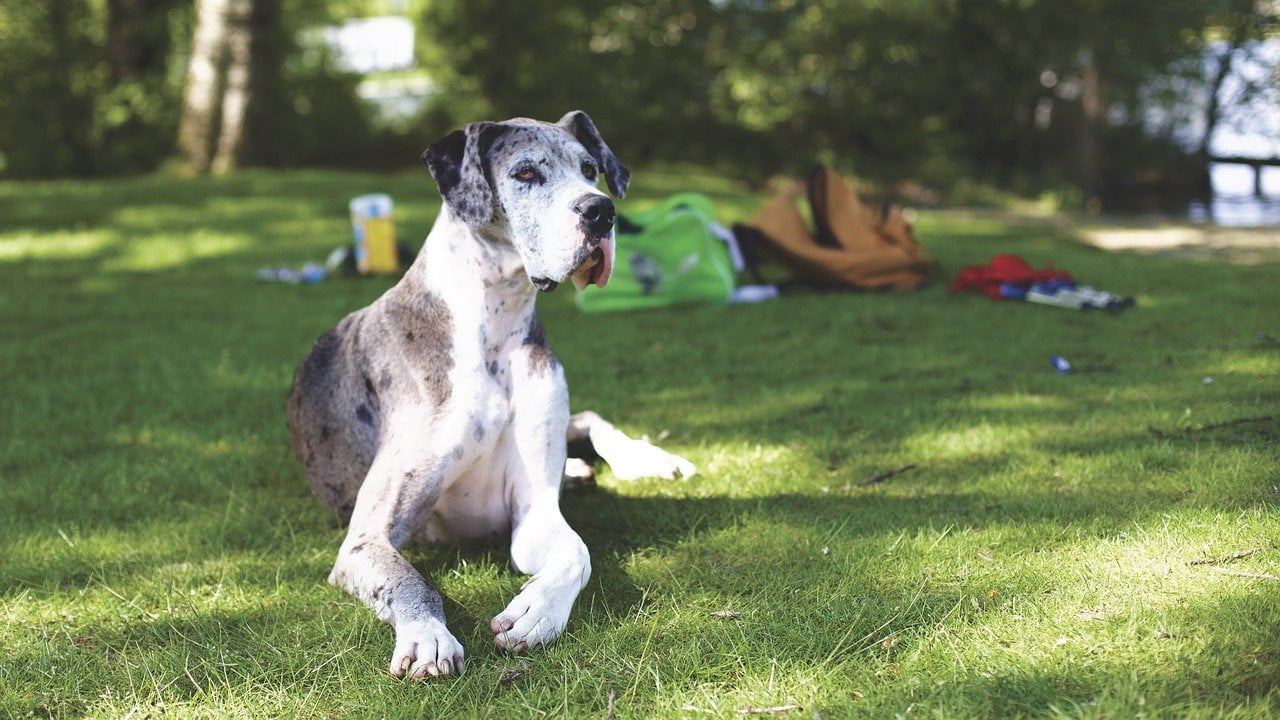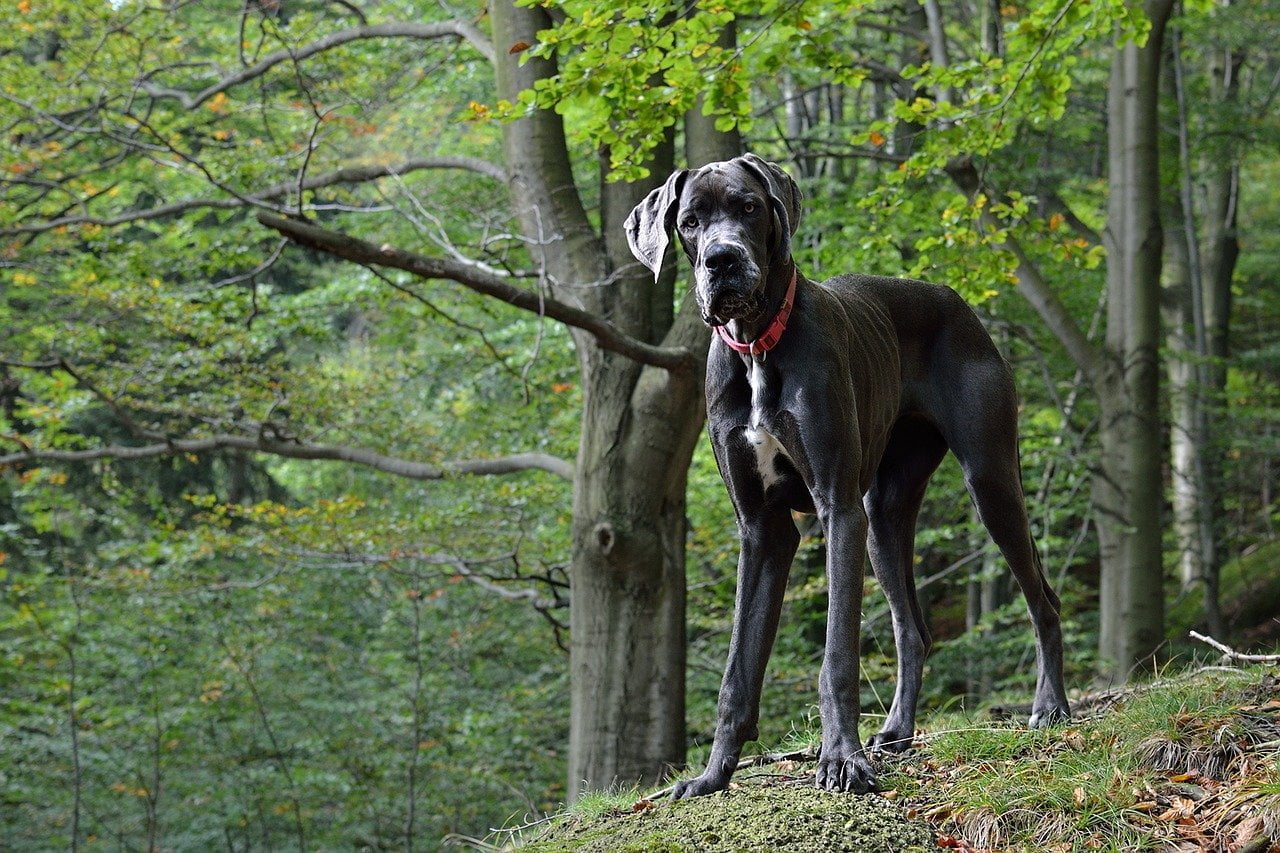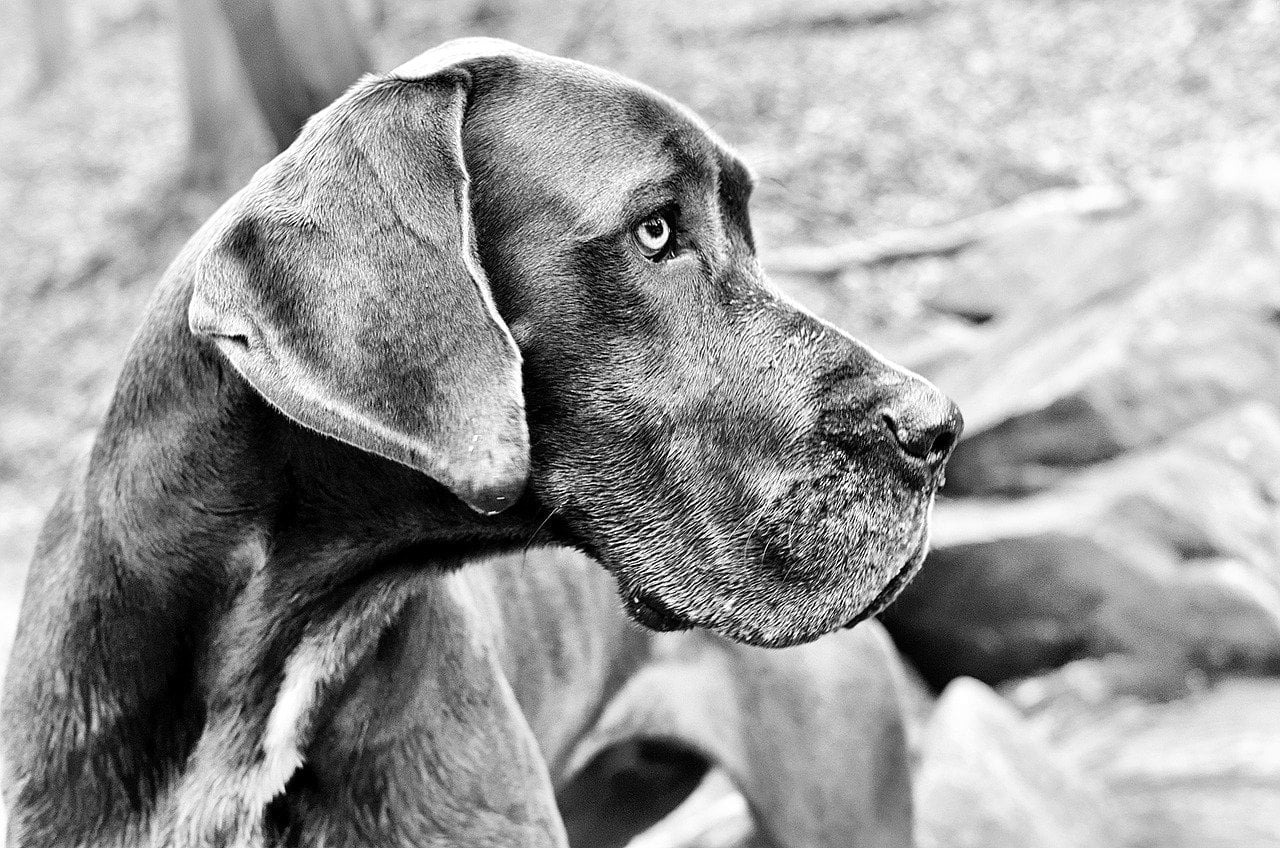
- Home
- Stud Dogs
Some of our most popular Stud Dog Breeds:
- Puppy Litters
- Dog Services
- Dog Breed Profiles
- Blog
- Contact Us
Great Dane Breed Profile
- Breed Profiles
- Great Dane
- Jun 03
- Share post

The Great Dane is widely recognised for its size and strength, being one of the largest dog breeds to date. Nevertheless, they are sweet-natured, affectionate dogs that have a strong sense of loyalty towards their family, often being regarded to as “gentle giants”. Well-trained Great Danes make great household companions, and they get along well with children. However, their size can often make them quite a handful around the house, making these dogs more suitable for owners with more experience.
Great Danes have grown rapidly in popularity due to their unique size and beauty; however, potential owners should be aware that because of their larger size, they unfortunately appear to have a shorter life span than most breeds. However, they are an admired and acknowledged breed across the world.
Typical Great Dane Facts:
Height: 28-34 inches (71-86 cm)
Weight: 110-175 lbs (50-79 kg)
Average Litter Size: 8 puppies
Life Expectancy: 7-10 years
Kennel Club Classification: Working
Good with Children: Yes
Colour of a Great Dane:
The Great Dane has a short, dense coat. Colours include black, blue-grey, fawn and brindle. Great Danes can also be white with black patches, which is often referred to as harlequin.

Grooming a Great Dane:
The Great Dane’s short coat is surprisingly prone to heavy shedding, especially during the spring and autumn months. However, weekly brushing should keep shedding to a minimum and will maintain the health and condition of the coat, keeping the tidy and glossy look. They will need washing around once or twice a month, or when necessary, and the same applies to trimming their nails to prevent any overgrowth or splitting, which might cause pain to your Great Dane.
Due to the Great Dane’s naturally floppy ears, they will need checking routinely and cleaning if required, alongside teeth brushing to avoid any dental and gum issues and to maintain good oral health.
Great Dane Common Ailments/Health Issues:
Great Danes are a unique-looking dog, and most breeders tend to be very knowledgeable and responsible, decreasing the likelihood of a Great Dane developing health issues. However, like all breeds, they do have health problems that could be inherited – for example, hip and elbow dysplasia, development issues and bone cancer. These are mostly due to the Great Dane’s size and rate of development, which can put a strain on their joints.
However, maintaining regular veterinary check-ups and not overexercising Great Danes when they are young can help to reduce the risk.
Temperament of the Great Dane:
Great Danes are gentle and sweet-natured dogs. Their large size can often cause a misunderstanding of their temperament, with many believing they have aggressive traits. However, a Great Dane is a perfect family dog, as they get on with everyone, including children and strangers.
Although they greet most people with a wag of the tail, Great Danes are also extremely loyal and will see protecting their family as a priority.
Training a Great Dane:
Great Danes have a strong will to please, which makes training this breed particularly easy. Puppy training and socialisation with other dogs and strangers at an early age is necessary for them to develop into calm and obedient dogs as they grow older. This training doesn’t have to take place via through classes, however – simple walks in the park can help to build a Great Dane’s confidence around other dogs.
Crate training and other household rules are useful to teach when Great Dates are young, as, due to their size, they can be a handful around the house at times.

Exercise for a Great Dane:
Great Danes are very active and energetic, especially when they are young. Owners should, however, try to prevent them jumping or doing too much strenuous activity when they are puppies, as this can easily lead to bone and joint issues when they have matured, which is usually around 18 months.
Daily walks of half an hour to an hour is recommended for Great Danes, alongside regular off-lead roaming in a secure garden or around the house.
History of the Great Dane:
The Great Dane originated from Germany, and it is assumed to have developed from the English Mastiff and the Irish Wolfhound. Over the centuries, the Great Dane has built a collection of different names from differing countries. However, the very first evidence of similar dogs was found in Egyptian artifacts dating back to 3000 BC. It is thought that the breed was developed by the Greeks and Romans using ancestors of the English Mastiff.
Great Danes were initially called “Boar Hounds” due to their skills in hunting boars alongside the Romans. This left to the creation of ear cropping, which would prevent the boars from tearing and harming the Great Dane’s ears. By the 16th century, the breed moved away from its hunter role, and they become watchdogs and companions.
With a shift in their name to “English Dogges”, they were bred rapidly in great numbers, and the most beautiful and striking of the breed were kept by German nobles as Chamber Dogs, otherwise known as “Kammerhunde”. These Great Danes wore velvet collars and were pampered and spoiled, living a life of luxury.
The Great Dane’s official name wasn’t used until the 17th century. A Great Dane was spotted in Denmark by a French naturalist, who referred to the dog as “Grand Danois” – “Great Danish Dog” – and eventually the name stuck, even though the Danish admitted to having no responsibility in the development of the breed.
Throughout the late 18th century, German breeders set out to make the Great Dane less aggressive from their years as boar hunters, and turn them into more of a gentle companion, giving the breed their own name variation, “Deutsche Dogge”.
Today, the Great Dane is still a popular breed, amongst Germans especially, with some dogs still being accepted into mansions and estates by members of the upper-class.

Famous Great Danes:
Scooby-Doo is indeed a Great Dane – a goofy but loyal character who, like many Great Danes today, isn’t the bravest when it comes to anything scary or intimidating.
Freddy the Great Dane was recorded as the tallest living dog by the Guinness World Records, however, he sadly passed away at eight and a half years old.
Great Dane Stud Dog Listings
A dog owner since the early 80s, after convincing his parents to buy a Yorkshire terrier named Sadie, Darren created Dream Dogs so dog owners could find the best dog related information on the Internet.